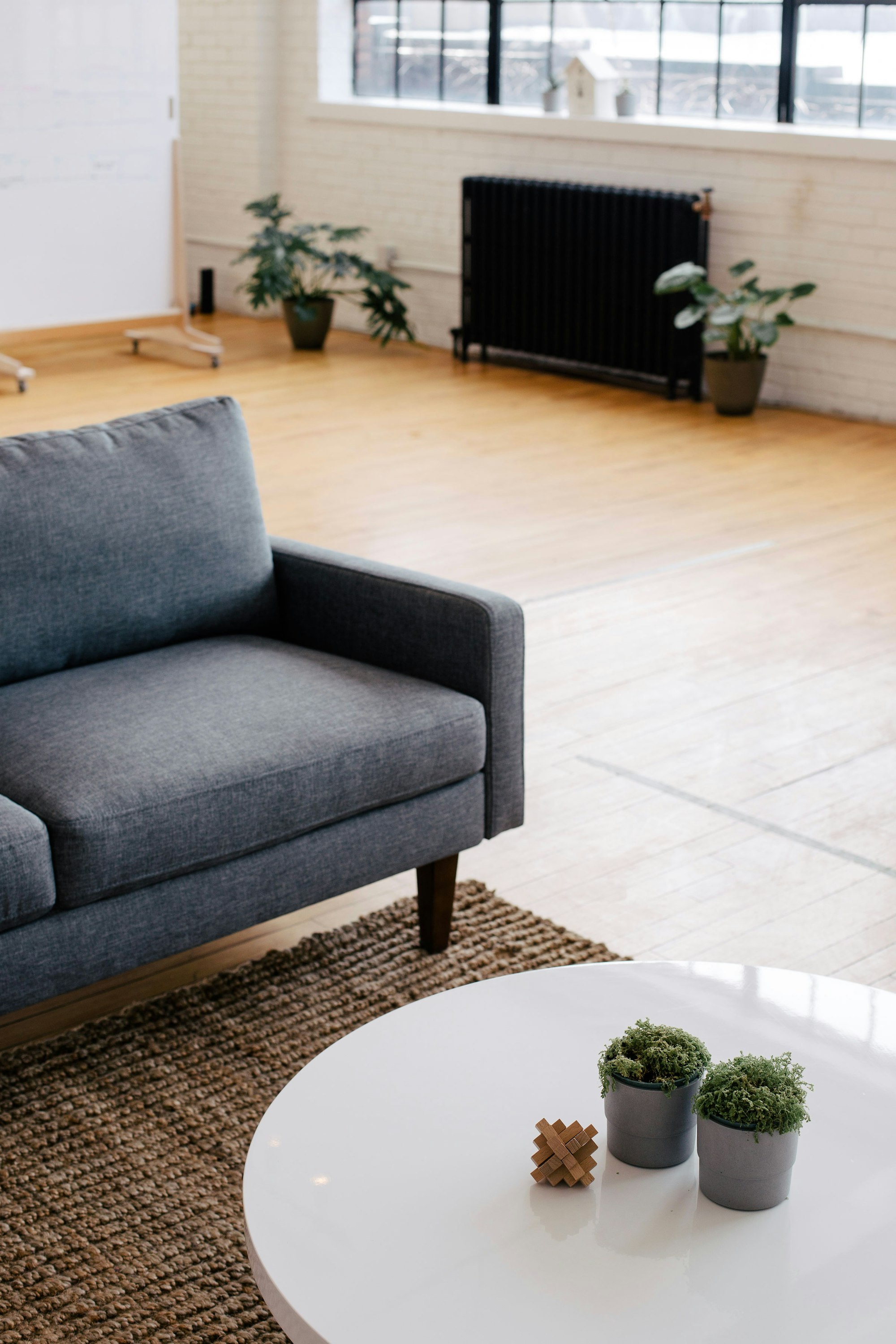Natural fiber - Silk!


Most of the processing occurs inside worms' bodies. They eat leaves and convert them into the raw materials humans use to make silk.
Long filaments of silk are harvested by unwinding, or "reeling," the cocoon of mulberry silkworm larvae. This species is the only known type to create a silk that is usable by humans and that can be raised in captivity.

The majority of silk flooring products on the market today are wool/silk blends. Blends feel similar to 100% wool rugs, but can be more soft and sleek.
Benefits to Silk:
- Soft and luxurious.
- Dyes well.
- Strength: Silk has a higher tensile (pulling) strength than a similar-sized filament of steel.
- Lightweight and Stretchable: It can stretch up to twenty percent of its length.
- Flame Resistant: Silk is naturally flame resistant, and will resist temperatures up to 330 degrees.
- Durability.
- Quality and craftsmanship: Rugs containing silk usually feature a higher knot count per square inch.
- Intricacy: Higher knot count also allows for highly detailed designs.
- Stunning: If your priority is aesthetic beauty, you can’t beat the shine and finish of silk.

Use Case:
- Should be placed in areas where foot traffic is minimal. Silk/wool blends are more durable and can be used in areas with moderate foot traffic.
- Ideal for spaces where aesthetic beauty is a priority.
Cons:
- Chemically Sensitive: Silk being a protein fiber is sensitive to alkalinity and chlorine bleach much the same as wool.
- Expense. It takes a lot of larvae and a long time to produce a usable amount of silk. This is one of the reasons why silk (and therefore, silk carpeting) is so expensive.
- Even though silk is a strong natural fiber, silk rugs are much more delicate than wool rugs.
- They get dirty faster and aren’t very practical carpets.
Pro Tips:
- Silk can lose up to 20% of its strength when it gets wet, and abrasive cleaning agents, hot water and steam cleaning can damage its fibers.
- Vacuum silk a couple of times per month, but because they’re more delicate, only use a brushless vacuum head. Other types can pull out or damage the fibers.
- You can also sweep the rug gently with a broom, or take it outside and give it a shake. Beating silk carpet isn’t advised, as you want to be as gentle as possible.
- To remove stains, try to absorb them quickly.
- Silk carpets should be cleaned by a professional as soon as possible after a spill.
- To reduce the amount of cleaning required, use silk in low traffic areas.





